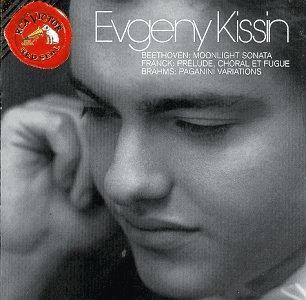
| Artist: | Ludwig van Beethoven |
| Title: | Moonlight Sonata / Prelude / Themes by Paganini |
| Released: | 1998 |
| Label: | RCA Records |
| Time: | 57:24 |
| Producer(s): | Jay David Saks |
| Appears with: | |
| Category: | Classic |
| Rating: | ******.... (6/10) |
| Media type: | CD |
| Purchase date: | 2001.11.10 |
| Price in €: | 18,17 |
| Web address: | www.classicalmus.com |